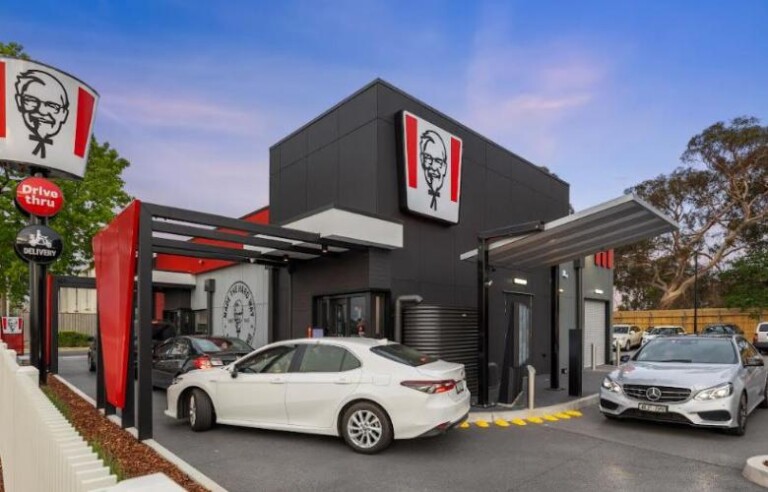
Australians have a love affair with fast food. The $17 billion industry sees 4.5 million transactions daily, with each Australian on average consuming takeaway 65 times a year.
With those numbers it is no surprise that the fast-food property market has seen unprecedented growth and yield compression over recent years, making it a firm favourite with investors. Here, we put the spotlight on this investment class and reveal how the sector survived and thrived during the global pandemic.
While many sectors were hit hard during 2020, the fast-food industry moved quickly to adapt and innovate.
Sydney Director Darren Beehag said Australia’s fast-food giants could pivot into drive-thru and delivery services due to widespread health concerns and a growing hesitancy among consumers to visit public spaces, including dining rooms.
“The response was swift,’ said Mr Beehag. “Restaurants quickly implemented temperature checks, QR code check-ins, cashless payment and contactless delivery.
“In addition, we saw changes to menus and food offerings. At McDonald’s, for example, consumers could grab staples such as milk, bread and eggs along with a Big Mac.’
| The result? Fast food restaurants not only remained open, but many quality brands also reported solid growth.
“Collins Foods’ KFC network, for instance, reported record sales growth of 12.4% in its half-yearly results for the FY21 year,’ said Melbourne Director Billy Holderhead. “Despite COVID, they also opened nine new restaurants and completed 16 major remodels. This is no mean feat.’ KFC is certainly not alone. McDonald’s recently announced record profitability with seven consecutive years of sales growth. This makes Australia one of the global brand’s strongest performing markets. McDonald’s Australia chief executive Andrew Gregory praised the Australian Government’s response to COVID-19 which enabled fast-food restaurants to not only continue trading but grow. In McDonald’s case, home delivery volumes doubled during the pandemic and they launched 19 new restaurants. However, this is just the beginning of a huge investment program recently announced. Over the next three years, McDonald’s will invest $600 million, launching 100 new outlets throughout Australia to meet growing demand. Pizza chain Domino’s also experienced record growth, delivering an astounding three pizzas per second during the global lockdown. Half-yearly results revealed a 32.8% increase in profit of $96.2 million, sending shares soaring to $105 from $52 before the declaration of the pandemic in March 2020. |
 |
Melbourne Leasing Director David Mark said anecdotally, drive-thru’s at fast-food restaurants experienced an increase in sales of 30-50%.
“The flow-on effects were positive,’ said Mr Mark. “By trading through lockdowns and moving quickly to adapt, fast food tenants continued to meet their rental obligations. Consequently, we have happy landlords and huge, growing demand for fast food investments.’
Mr Mark said that the industry will continue to innovate.
“We will definitely see more drive-thru facilities moving forward,’ he said. “During COVID, we worked with Collins Foods on the leasing of its first Taco Bell drive-thru restaurant in Victoria and more recently in Cairns. This will bring their Australian network to 16.’
Mr Holderhead said that from an investment perspective, drive-thru facilities are certainly an advantage.
“We’ve seen this clearly at our last few auctions, where we sold drive-thru freeholds leased to Hungry Jack’s, Starbucks and Carl’s Jr on record yields of 4.17%, 4.20% and 4.62% respectively,’ he said.
Mr Holderhead added that fast-food operators will continue to invest in, and upgrade, their restaurants with most invariably seeking long-term lease commitments.
“For investors, this often means lease terms and options spanning 20 to 30 years,’ he said.
 |
 |
 |



